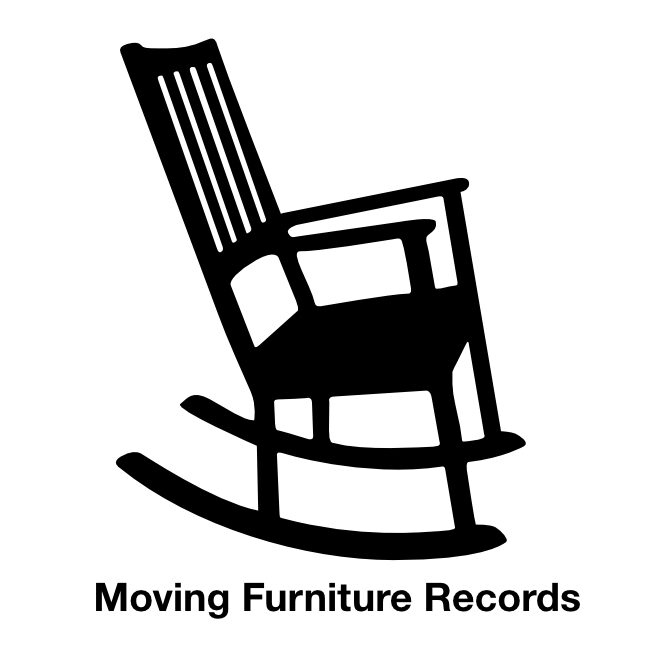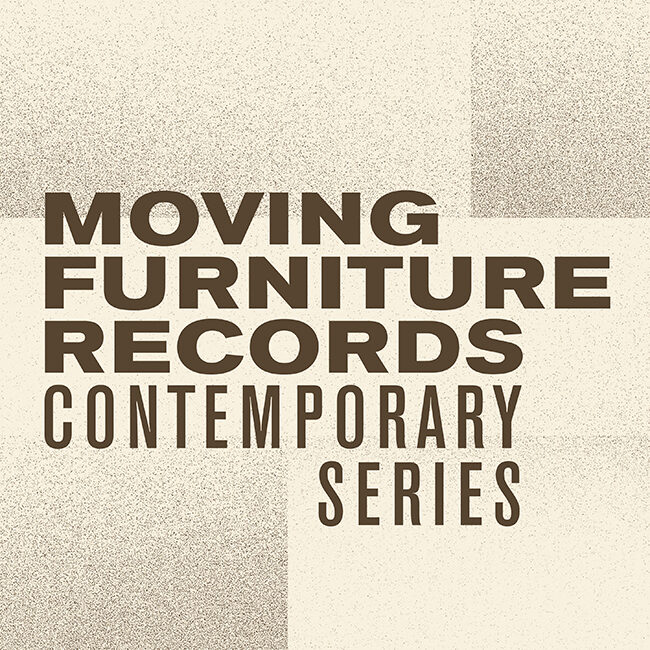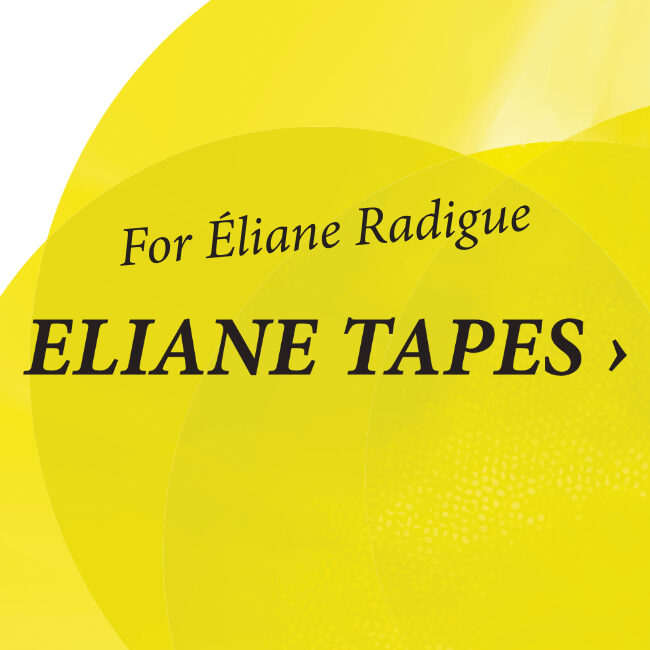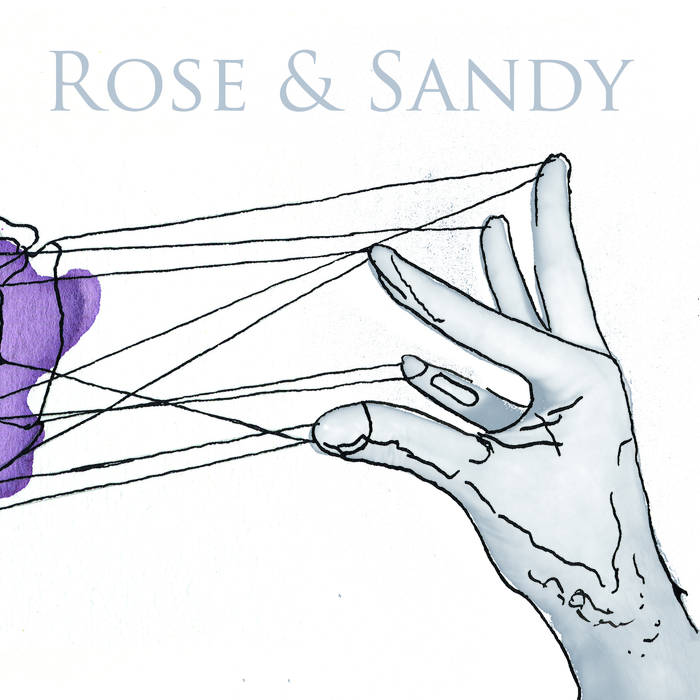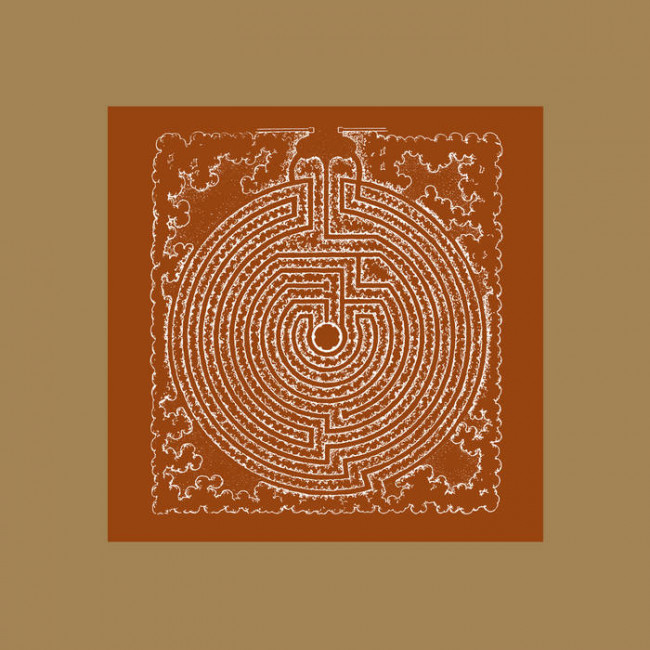
- Rose & Sandy
- Play Cat's Cradle
- Series: Moving Furniture Records
- Format: Cd
- Rose & Sandy
- Play Cat's Cradle
- Series: Moving Furniture Records
- Format: Cd
Behind this name which suggests two ladies working together we find two of Scottish finest musicians: Ruaridh Law (TVO/The Village Orchestra, Accrual and more) and Dave Donnelly (The Production Unit and more). While they both have their feet in beat driven music for their project Rose & Sandy they take a swing quite the opposite way. From improvised processing, like on their full-length debut they present here, to field-recordings and live video presentations.
The CD will is available in 2 different versions:
The normal version is just the cd, but there will also be a special edition of 20 which comes with exclusive hand numbered pictures from the used zither taken by Dave Fyans.
The artwork is designed by Michel van Henten.
I don’t know exactly what the instrument is. It’s probably a kind of zither; that’s how my dad described it to me when he first told me about it.I was immediately fascinated by his description: a set of strings on the left side that was blocked into eleven chromatic ‘chord banks’, each adjustable between major, minor and suspended fourth via little levers at the front that literally tightened the string by a semitone; on the right, three octaves of notes backed by an image of a piano keyboard for guidance.When I finally set eyes on it, I was in love; it’s a truly beautiful object, about three feet wide and two deep, with surprisingly detailed religious iconography inside each of the sound holes.And then there was the sound – like plucked piano strings, but with resonance that’s amazing even for an acoustic instrument.A single note can hold for a couple of minutes if there’s an adequate surfeit of background noise.
It came into my father’s possession as a loan from some nuns he knew through his church work.I know.One older sister at the convent had played it at times of worship, but since she had passed away it wasn’t used, so they wondered if he had a use for it. It was a kind of extended loan of the sort that often occurs in the weird system of quasi-ownership that persists in these circles.I hinted heavily until such time as the freehold drifted towards me.
I was told that the usual technique was to only pluck the melody on the right hand side and let the chords on the left thrum by themselves through vibration. It was a beguiling notion, and it does work, but there are so many other options, including prepared techniques, hitting notes in different ways, and adjusting which part of the string is struck, that I tended to run the whole gamut.
Every google search I’ve tried brings up similar-ish things, but nothing quite like this. It could be unique, but I doubt it; I’m guessing it’s just a little obscure.
As soon as I heard it, I determined to collaborate with Rose on a project not dissimilar to his Accrual venture, whereby live instrumentation (guitar, in the case of Accrual) was used as the solitary sound source and processed live.All of the work you hear was created in two impromptu sessions where we agreed a key, hit record and just started playing.The only edits are start and end points, plus a splicing of each of the five pieces together to make a single track.
We’ve called it ‘Cat’s Cradle’.It represents a few different notions:Firstly, the many strings mirror the manifold web of twine used in the child’s game of the same name; second, we’ve both become fathers in the recent past and I wanted to reflect the multitude of joy, worry and responsibility that “the cradle” brings; thirdly, there’s the air of puzzle in much of my dealings with the instrument, be they of its origin or my (at times clumsy) playing. Imperfection and the sense of an ever-evolving process seemed to dominate its aura, so the naive complexity of the tactile folk game seemed to fit well.
I had originally done something vaguely along the lines of automatic writing for liner notes, whereby I just let me mind wonder as the music was played back in realtime, but it didn’t chime too well. In the end, it could be summed up in one line:
“We pass the cradle back and forth.I hope I never make a mistake.”
We hope that the sound could be recreated in a live environment, as that’s essentially how it was created, but there’s a drawback:somebody (i.e. me) will have to tune the 114 strings…
Sandy
Glasgow
2010
